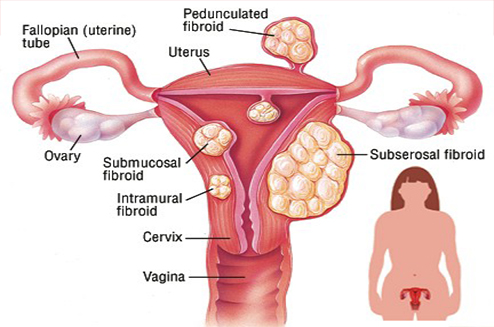
Hysterectomy is a major operation for removal of the uterus. This procedure can be done laparoscopically too.
While the reasons for considering hysterectomy vary from person to person, in general, the main indications are:
In general, hysterectomy is generally considered safe. Complications are uncommon. However, if they occur, the consequence can be serious or even life-threatening and may require further surgery for rectification. General risk are haemorrhage, infection, inadvertent injury to adjacent organs etc.The level of risks varies from one case to another. And so, always discuss the risks and benefits of operation before making a decision to proceed with hysterectomy.
Hysterectomy is generally safe and recovery is quite rapid. However, as any operation can be associated with complications, you should alert doctor or the hospital if you develop any of the following problems at home :
